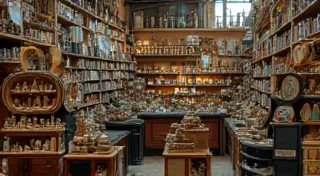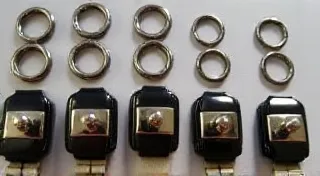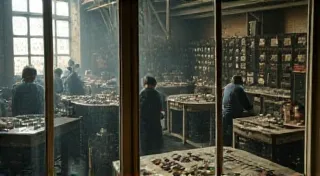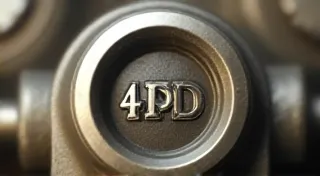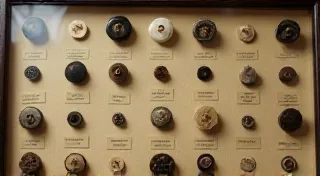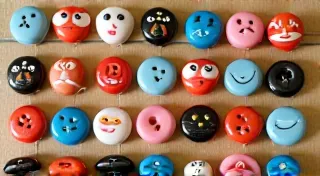Valuing Antique Buttons: Factors That Influence Price and Rarity
Determining the value of an antique button can be a rewarding, albeit sometimes complex, endeavor. While that pristine, everyday shank button from the 1880s might not command a fortune, a rare example of a novelty button or a meticulously crafted military button can be quite valuable. This guide explores the key factors that influence antique button values and offers some basic guidelines for estimation.
Rarity: The Cornerstone of Value
Rarity is arguably the most significant driver of value in antique button collecting. The fewer examples of a particular button that exist, the higher its potential price. Rarity can stem from several factors:
- Limited Production Runs: Some buttons were only produced in small quantities for specific events, organizations, or as part of a limited-edition line.
- Manufacturing Defects & Variations: Buttons with unusual color variations, manufacturing flaws, or misprinted designs are often rarer and more sought after.
- Company Specifics: Certain button manufacturers were known for producing fewer pieces and these buttons tend to be highly valued.
- Button Type: Certain button types like novelty buttons are naturally rarer than more common types like uniform buttons.
Discovering a button you're unfamiliar with is exciting, and researching its origins is a significant part of the enjoyment of button collecting.
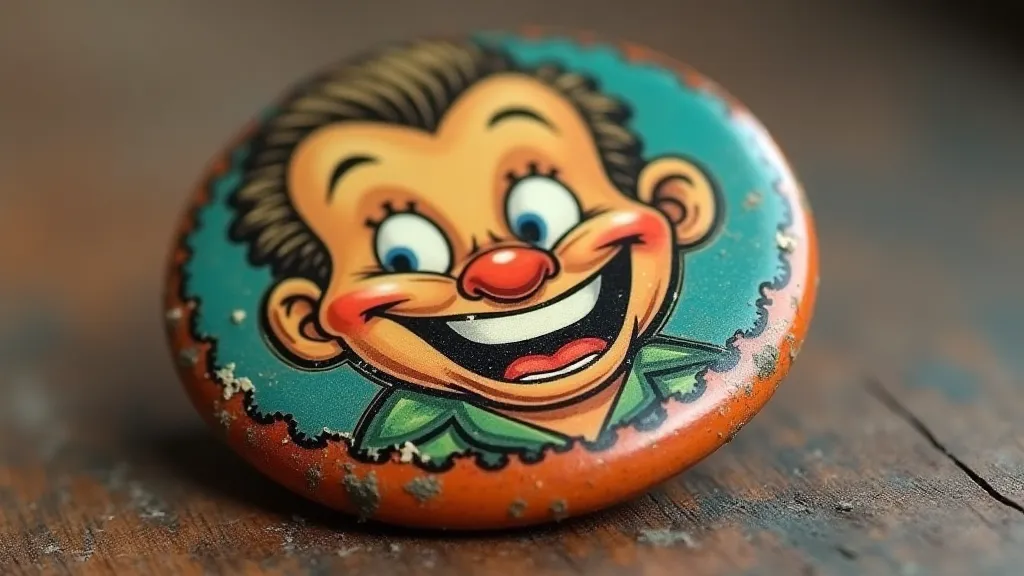
Condition: A Critical Assessment
Like any antique, the condition of a button dramatically impacts its value. Collectors generally prefer buttons in excellent condition, but the standards vary. Here's a breakdown:
- Excellent: Virtually flawless, with original finish and no noticeable wear.
- Very Good: Minor wear or discoloration, but generally well-preserved.
- Good: Moderate wear, possible scratches or minor damage.
- Fair: Significant wear, damage, or missing elements.
- Poor: Heavily damaged, often incomplete.
While a little wear can be expected, significant damage like chips, breaks, or heavy oxidation will significantly decrease value.
Material: From Glass to Metal
The material a button is made from also plays a role in its value. Generally, the rarer or more expensive the material was originally, the higher the button’s potential value.
- Metal: Steel, brass, bronze, silver, and gold buttons are common, with silver and gold commanding higher prices.
- Glass: Glass buttons, especially those with elaborate designs or unusual colors, are often desirable.
- Celluloid & Bakelite: These early plastics are increasingly collectible.
- Bone & Horn: These natural materials were used extensively, and buttons made from them have a specific appeal.
Design & Aesthetics: Beauty and Appeal
The design of a button – its pattern, color, and overall aesthetic appeal – contributes to its value. Intricately designed buttons, those depicting historical figures, or those with unique artistic merit are generally more valuable.
Historical Significance: A Story to Tell
Buttons associated with significant historical events, organizations, or individuals often hold a higher value. A military button from a specific battle, a political campaign button, or a button associated with a famous person can be extremely desirable.
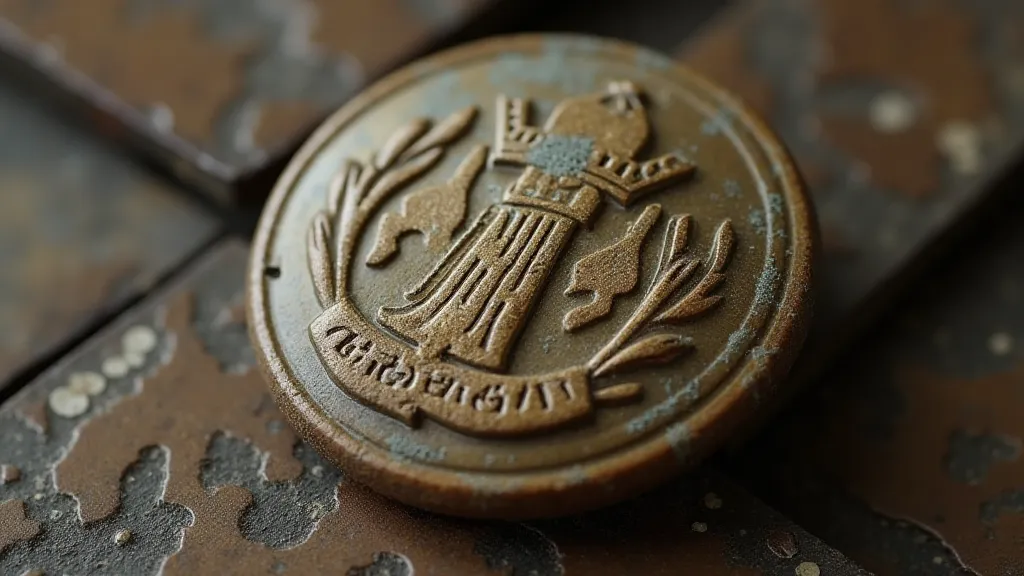
Button Appraisal: Guidelines for Estimation
Estimating the value of an antique button is a complex task best left to experienced collectors or appraisers. Here are some guidelines:
- Research: Consult reference books, online databases, and auction records to compare your button with similar examples.
- Compare to Sales Data: Check auction sites, eBay, and other online marketplaces to see what similar buttons have recently sold for.
- Consult Experts: Join button collecting clubs or forums and seek advice from experienced collectors.
- Consider the Overall Market: The popularity of certain types of buttons can fluctuate with trends in the collecting market.
Remember that determining the value of an antique button is more of an art than a science. Experience and expertise are invaluable in making accurate estimations.
Resources for Collectors
Several resources are available to aid in the process of identifying and valuing antique buttons. These resources include reference books, online databases, button collecting clubs, and auction records.
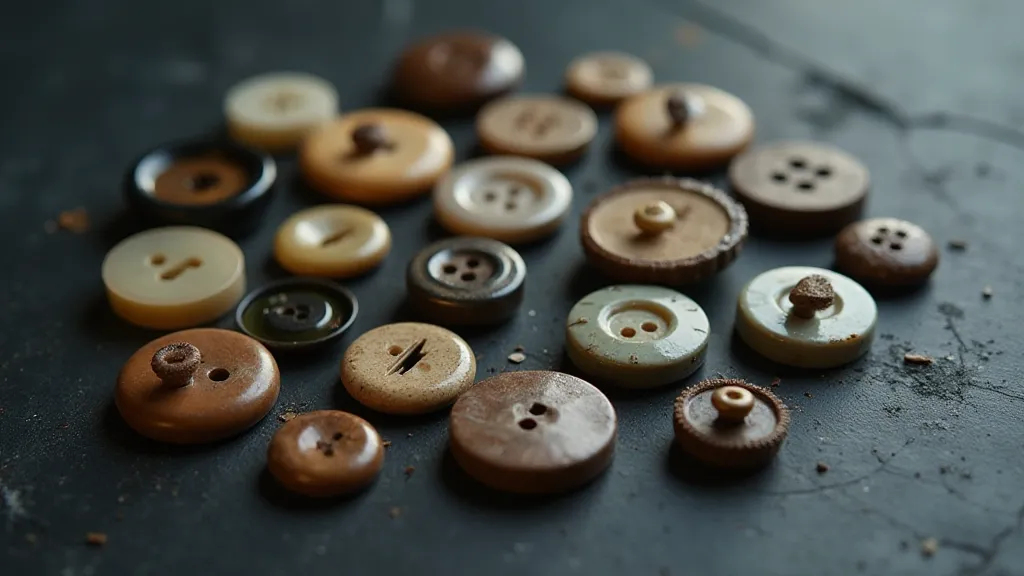
By understanding the factors that influence value, collectors can make informed decisions about their purchases and appreciate the rich history embedded in these miniature works of art.
